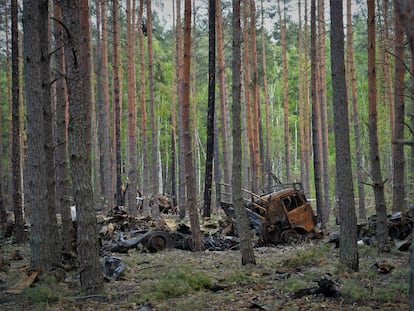How the map of Ukraine has changed in three months of war
Russia is exercising military control over a fifth of the invaded country, but its capture of Mariupol can be considered a Pyrrhic victory
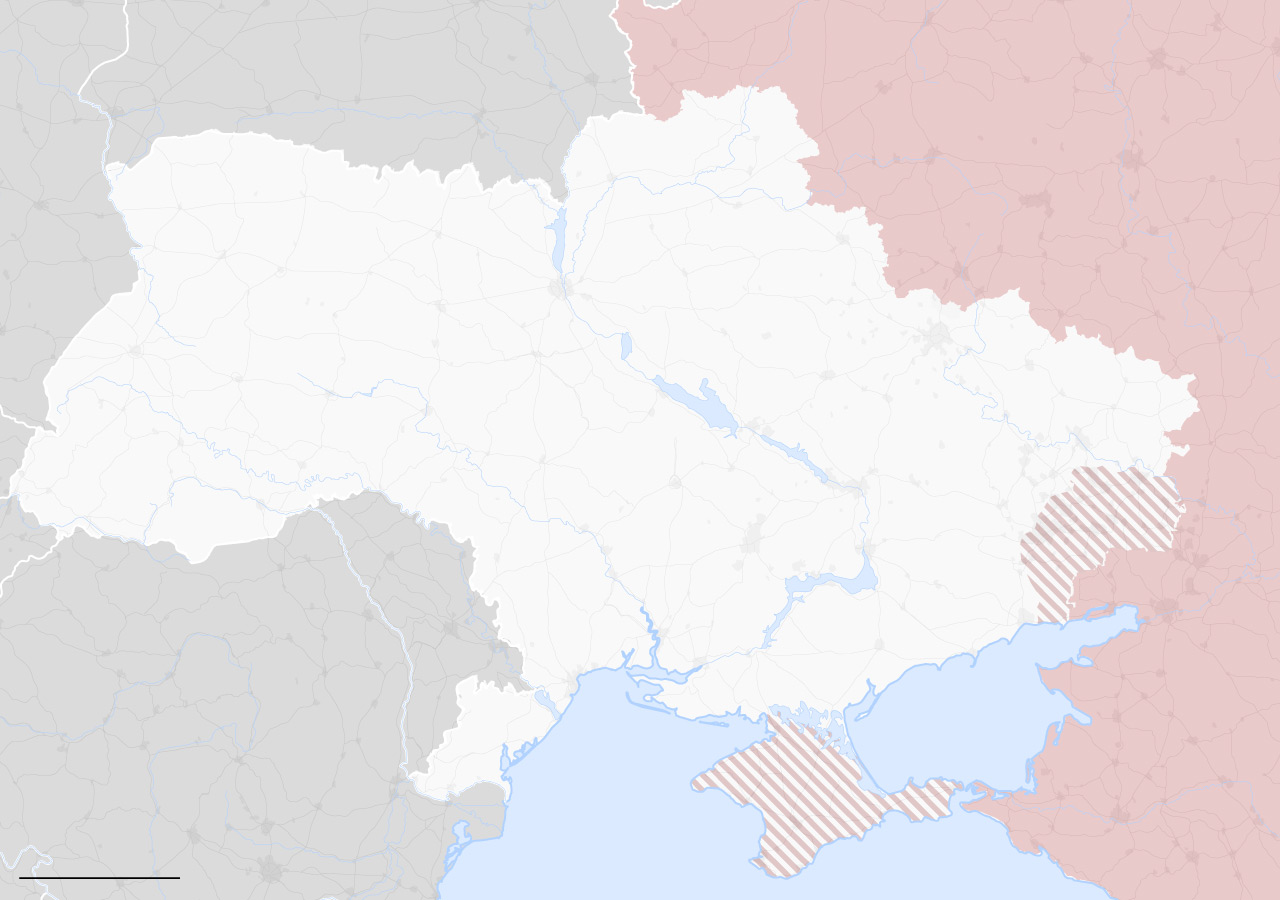
BELARUS
RUSSIA
Chernihiv
Sumi
Belgorod
Kyiv
Kharkiv
UKRAINE
Luhansk
Donbas
Donetsk
Zaporizhia
MOLD.
Mariupol
Odessa
ROMANIA
M. of Azov
crimea
Black Sea
200 km
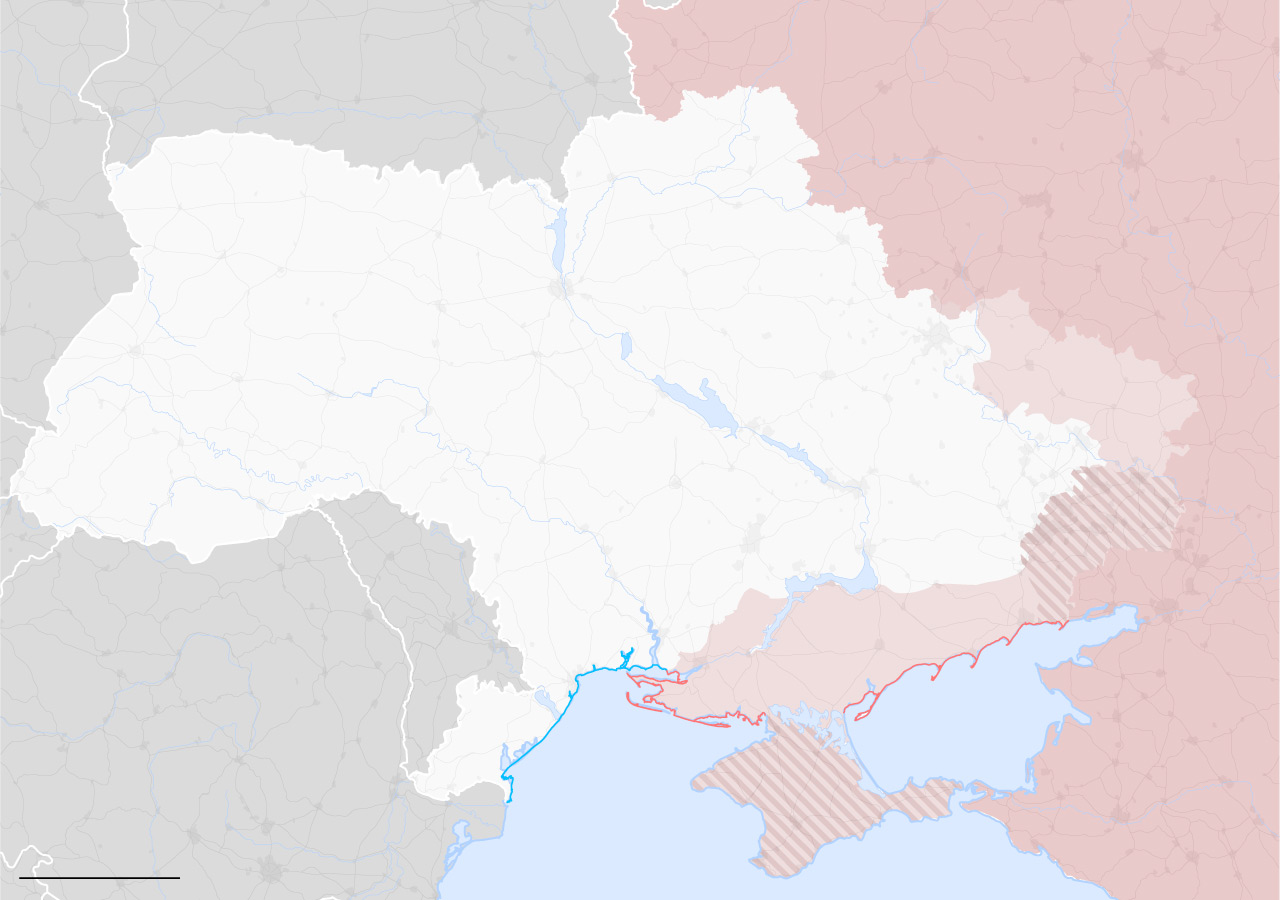
BELARUS
RUSSIA
Chernihiv
Sumi
Belgorod
Kyiv
Ukraine has lost nearly
20% of its territory
Kharkiv
UKRAINE
Luhansk
Donbas
Donetsk
Zaporizhia
MOLD.
Has lost access
to the Sea of Azov
Mariupol
Odessa
ROMANIA
M. of Azov
Preserves access
to the Black Sea
crimea
Black Sea
200 km

BELARUS
RUSSIA
Belgorod
Kyiv
Kharkiv
UKRAINE
Donbas
MOLD.
Mariupol
Odessa
ROMANIA
M. of Azov
crimea
Black Sea
250 km
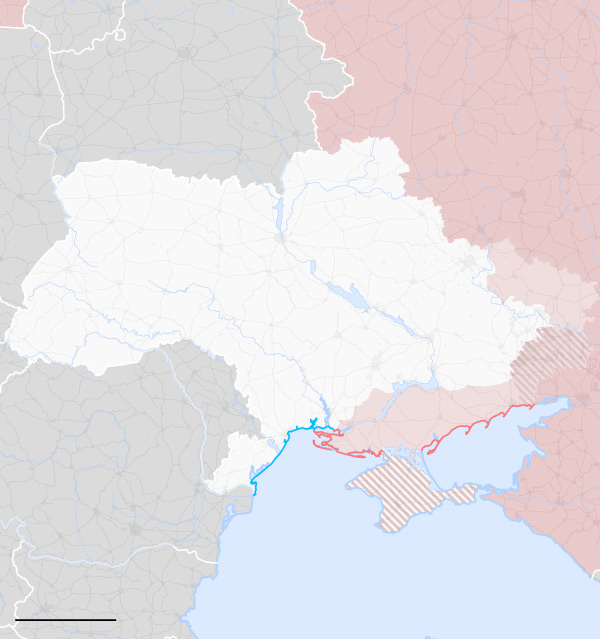
BELARUS
RUSSIA
Ukraine has lost nearly
20% of its territory
Belgorod
Kyiv
Kharkiv
UKRAINE
Ha perdido
acceso al
Sea of Azov
Donbas
MOLD.
Mariupol
Odessa
ROMANIA
M. of Azov
crimea
Preserves access
to the Black Sea
Black Sea
250 km
It has taken Russia nearly three months of war in Ukraine to achieve a full land connection between the Crimean peninsula, which the Kremlin has been illegally occupying since 2014, and pro-Russian breakaway areas in Donetsk and Luhansk. The surrender this week of the remaining fighters at the Mariupol steel plant has allowed Moscow to exercise its martial control over the entire Ukrainian coast of the Sea of Azov.
The Russian advance has been stalled for weeks in the east and south of the country, but Moscow controls much of the Ukrainian provinces of Kherson, Zaporizhia, Donetsk, Luhansk and Kharkiv. Even with setbacks, the Ukrainian territory currently subjected to Russian control is much larger than the portion that was under Russian influence before the invasion.
Evolution of Russia’s military presence in Ukraine
Control zones and Russian troop advance. Crimea, annexed by Russia in 2014, and Donbas, under control of pro-Russian separatists, are striped
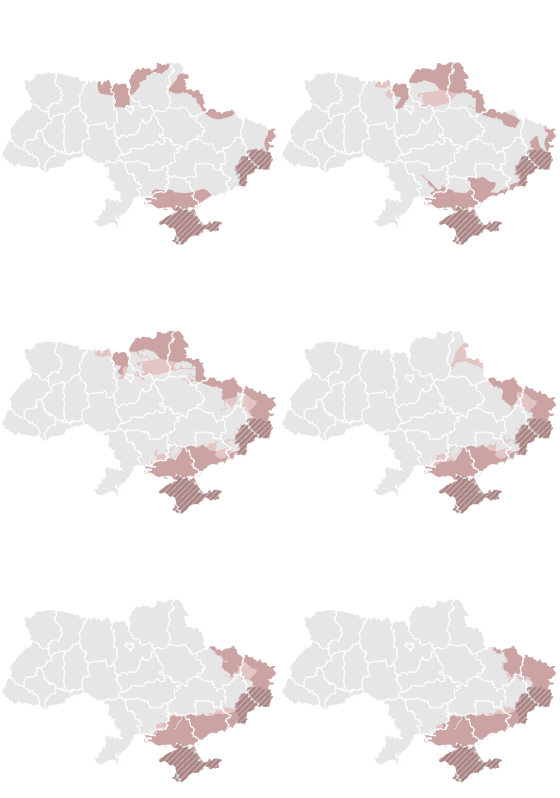
February 24
March 3
March 25
April 5
April 24
May 18
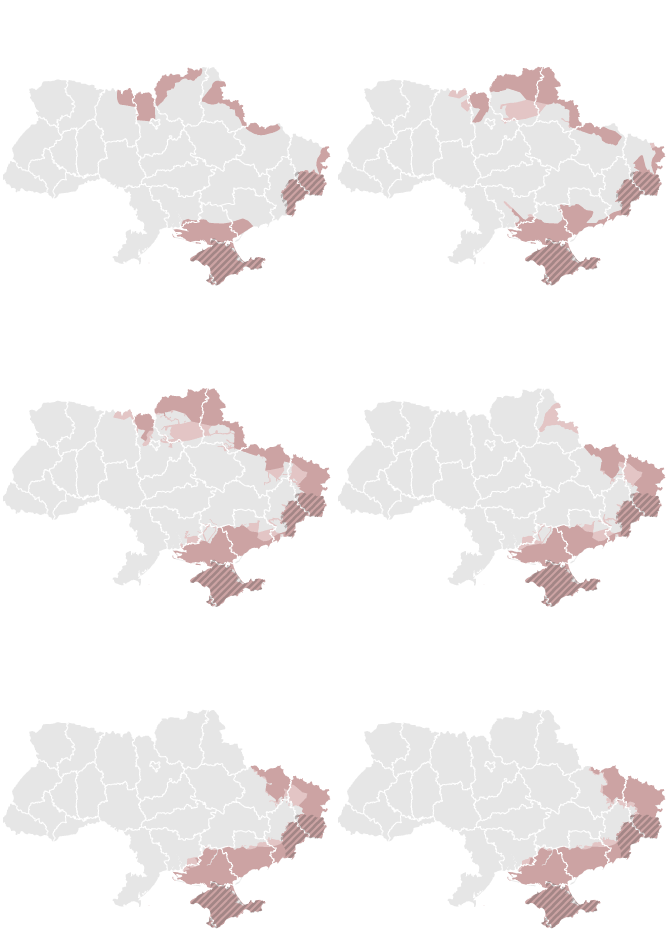
February 24
March 3
March 25
April 5
April 24
May 18
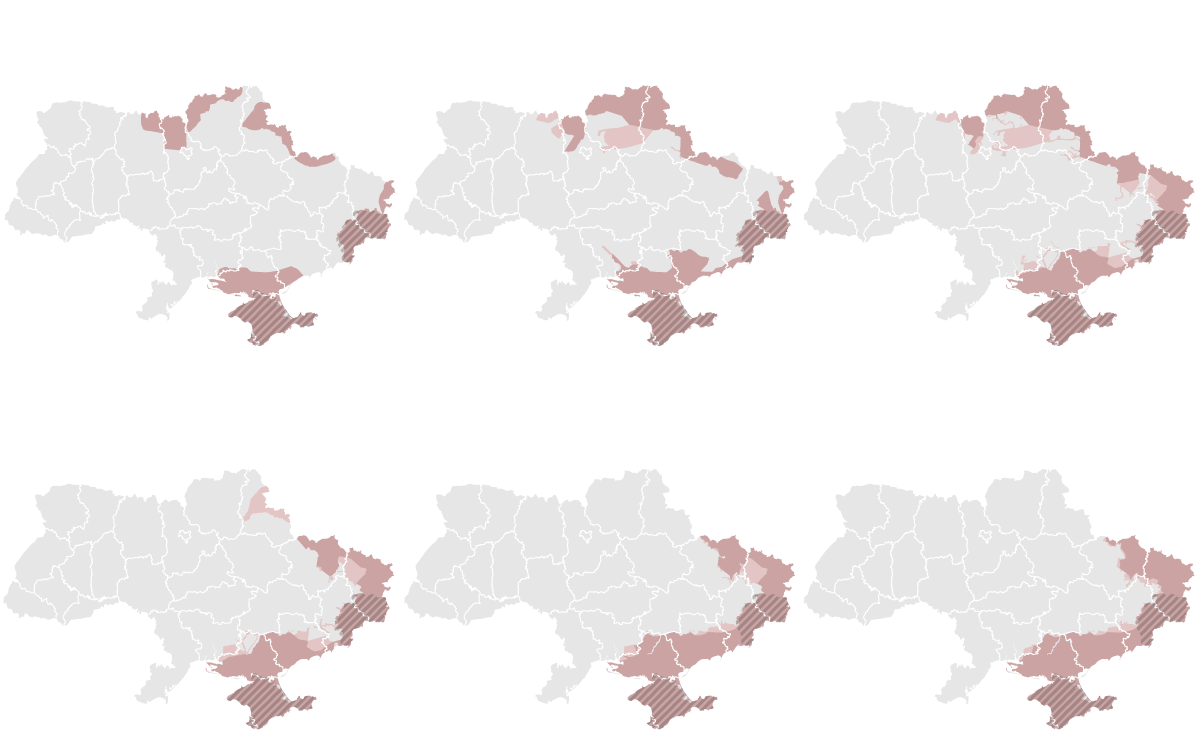
March 25
February 24
March 3
April 5
April 24
May 18
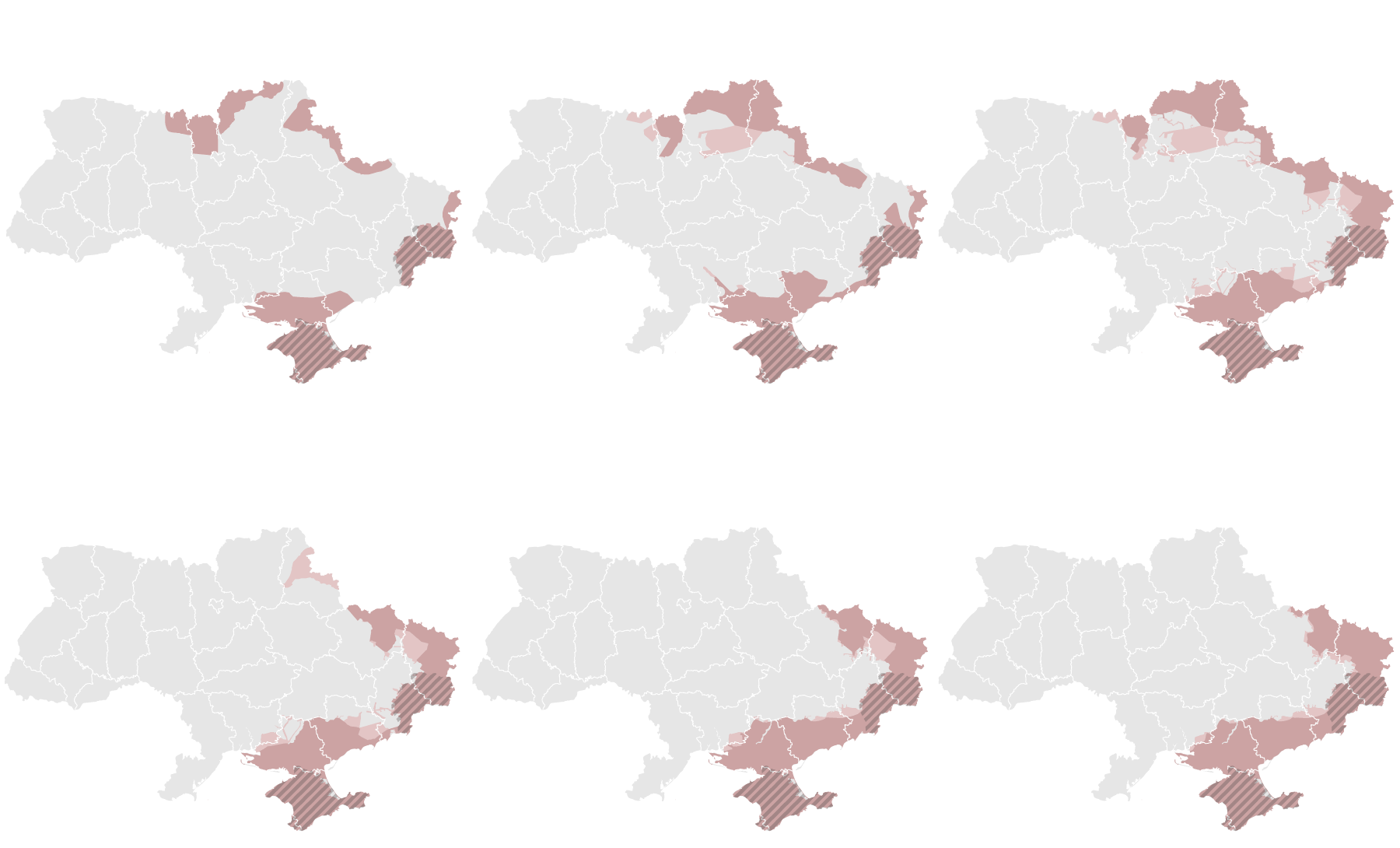
March 25
February 24
March 3
April 5
April 24
May 18
If the territory occupied by the Russians were to break away, Ukraine would lose all access to the Sea of Azov, a wide strip of the Black Sea coast and the easternmost part of the country. An analysis by EL PAÍS of the maps updated daily by the US-based Institute for the Study of War (ISW) shows that Ukraine would lose, including Crimea, about a fifth of its territory, more than 100,000 square kilometers.
Phases of war: invasion, retreat to the southeast and attrition
The Russian operation in Ukraine began on February 24 with a dazzling invasion that, weighed down by casualties and logistical problems, later led the Kremlin to withdraw its troops to the east and south of the country. Russian troops have since been focusing on their new objective, but their attempt to control the Donbas region has been slowed down by the Ukrainian resistance, which has contained the advance of Putin’s troops in a heavily militarized area for eight years.
The rush of Russian troops through the border in late February brought the Kremlin’s forces to the gates of the Ukrainian capital. The West understood this to mean that Putin’s purpose was to take the main cities of the country and force the fall of the Ukrainian president, Volodymir Zelenskiy, and replace him with a Kremlin-approved figure.
Within a few weeks it became clear that casualties were taking their toll on the Russian ranks. The offensive on Kyiv failed, bogged down by logistical problems. Moscow decided to withdraw its troops from the north after a month of war and to turn its strategy around to focus its efforts on Donbas, in eastern Ukraine. The battalions that had been posted northwest of Kyiv returned to Belarus; those fighting in the north crossed the border back into Russia. The hardest-hit units were sent east.
The so-called “special military operation” changed its objective as Ukrainian soldiers and civilians returned to previously occupied areas such as Bucha. After the Russian withdrawal from this town of 35,000 residents near Kyiv, local authorities claim to have registered 400 dead civilians in what is likely to be considered war crimes.
Since Russia limited its aspirations to the Donbas region, Russian advances on the front line have put constant pressure on the Ukrainian defenders, though without achieving any major territorial gains. The strategy of surrounding the Ukrainian defensive line in Donbas by squeezing defenders between Izium, to the north and Donetsk to the south has so far not worked. The conflict is now entering its fourth month in a quagmire: Russia is celebrating the capture of Mariupol, with less than half a million inhabitants, while it has just been expelled by Ukrainian counterattacks from the country’s second largest city, Kharkiv.
The Ukrainian liberation of Kharkiv
Kremlin’s troops last week withdrew from areas of the Kharkiv region that they had been occupying since the start of the fighting. Despite the proximity of this city to the Russian border (about 35 kilometers by road), the defenders’ counterattacks and lack of supplies have led Russian forces to withdraw with hardly any resistance, as reported by the ISW. This organization believes that Ukrainian troops have won the Battle of Kharkiv: Ukrainian forces first prevented the Russians from completely surrounding and besieging the city, and then expelled the invaders from the area and moved them far enough away so their artillery could not reach the city’s streets, in a strategy similar to the one used in Kyiv.

40% of Kharkiv’s buildings have sustained damage
Under Russian
control as of
March 24
KHARKIV
Detail
KHARKIV
Analyzed
area
5 km
3 km

40% of Kharkiv’s buildings have sustained damage
KHARKIV
Under Russian
control as of March 24
Analyzed area
KHARKIV
3 km
Kyiv picks up the pace
The daily pace of life is returning to the capital of Ukraine after having had the attackers come so close. While the streets of Kyiv did not come under Russian control, they did suffer strikes. The towns on the outskirts, especially those in the northwest, are now trying to get back to normal and restore essential services. Two months after the withdrawal of Moscow’s troops to the southeast, Ukrainian specialists are working to clear the mines in villages occupied by the invaders. The town of Demidiv, intentionally flooded by Ukrainian troops to stop the advance of Russian tanks, is currently draining the water to recover its streets and fields.

BELARUS
Chernobil
Sea of
Kyiv
UKRAINE
Borodianka
Bucha
Brovari
Irpin
Kyiv
20 km

BELARUS
Chernobil
Sea of
Kyiv
UKRAINE
Borodianka
Bucha
Brovari
Irpin
Kyiv

BELARUS
Chernobil
Sea of
Kyiv
UKRAINE
Borodianka
Bucha
Brovari
Irpin
Kyiv

BELARUS
Chernobil
Sea of
Kyiv
UKRAINE
Borodianka
Bucha
Brovari
Irpin
Kyiv
Mariupol, under Russian control
The Ukrainian city that has probably suffered the most from the ravages of the war has been Mariupol, subdued by Russia after three long months of siege. With the departure of hundreds of Ukrainian fighters from the Azovstal steel plant, Russia is celebrating the capture of the city. In terms of population, this is the largest conquest by the Kremlin’s troops, and to subdue it they have had to destroy it. During this entire time there have been images of devastated hospitals, the city’s theater damaged by the bombs, the steel mill (the economic engine of the region) rendered useless. But Mariupol represents a Pyrrhic victory for the Russians, according to the ISW, against a total balance of thousands of dead, six million refugees fleeing to other countries and dozens of cities reduced to rubble.
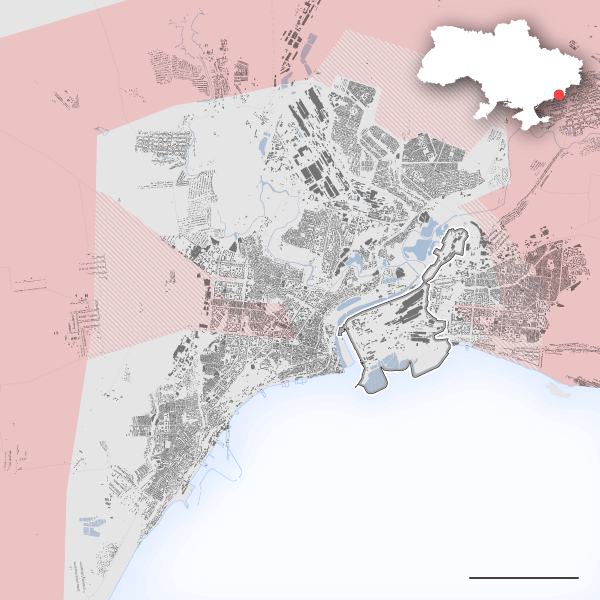
Mariupol
Azovstal
Sea of Azov
4 km
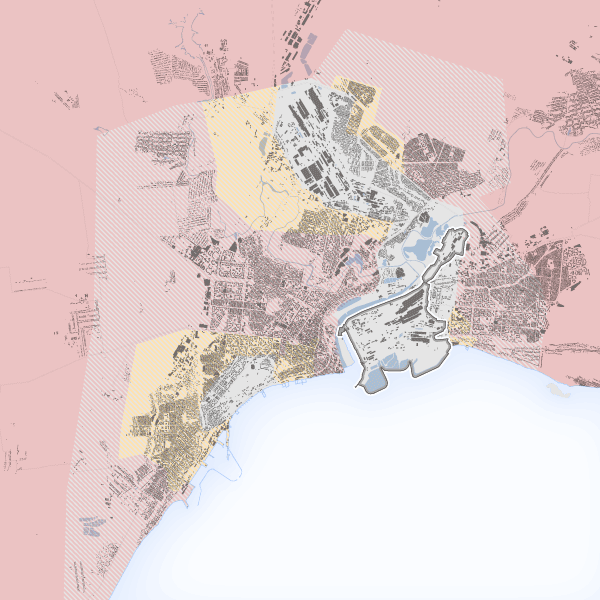
Mariupol
Azovstal
Sea of Azov
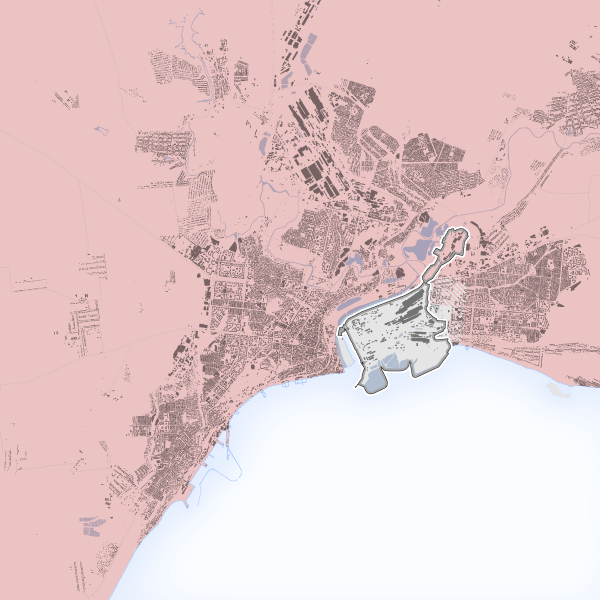
Mariupol
Azovstal
Sea of Azov
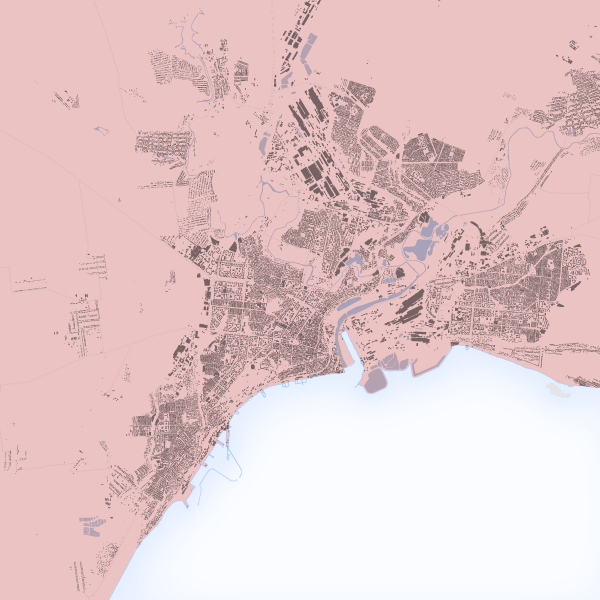
Mariupol
Sea of Azov




